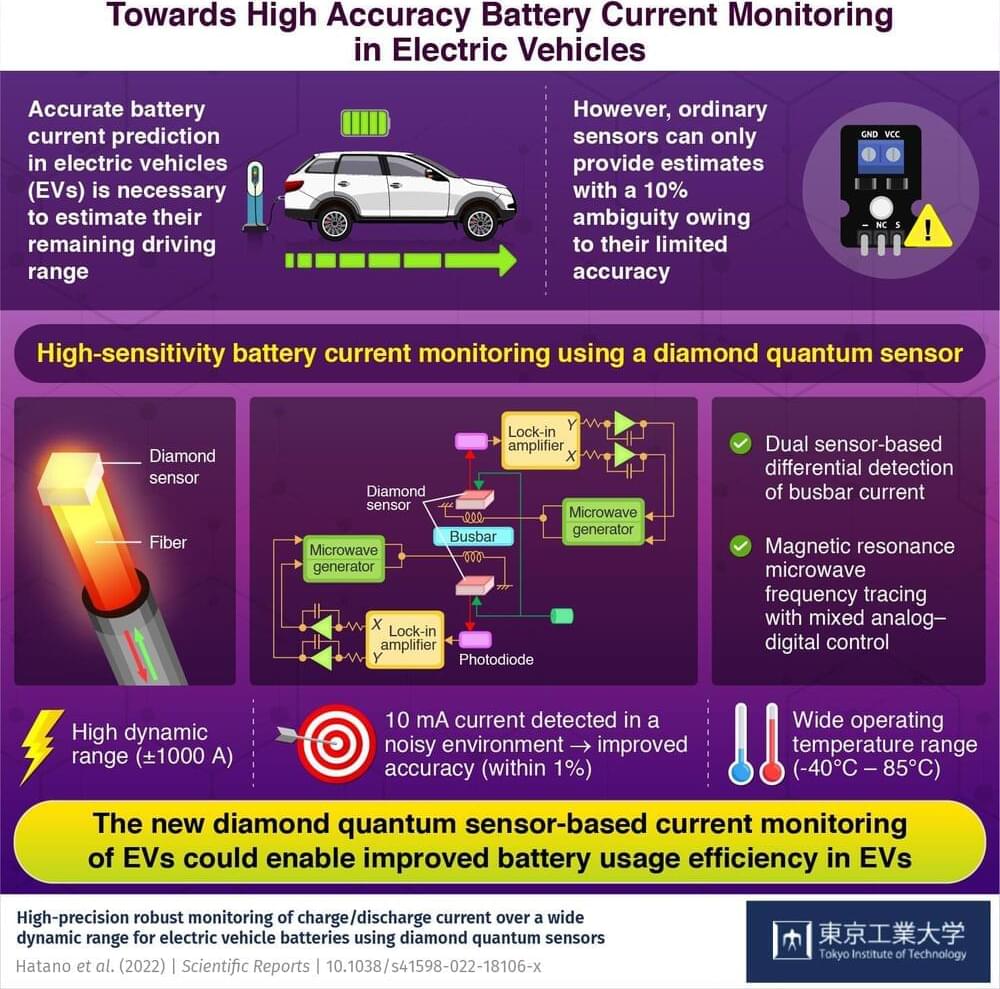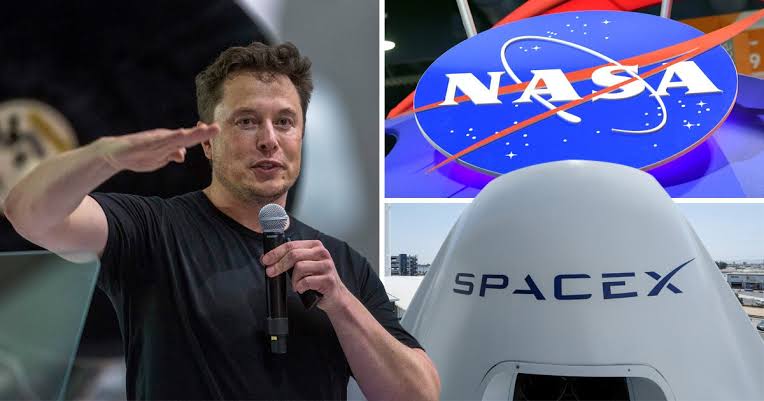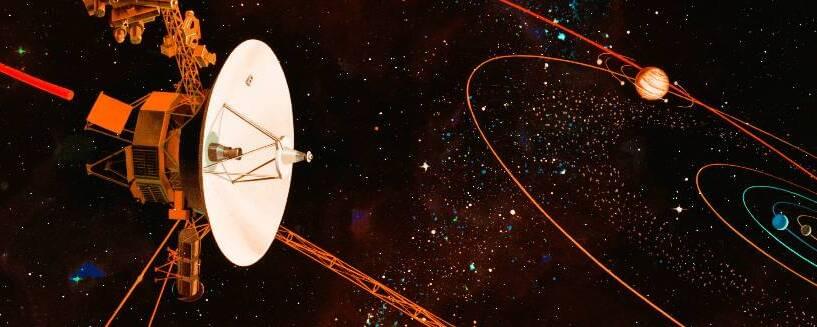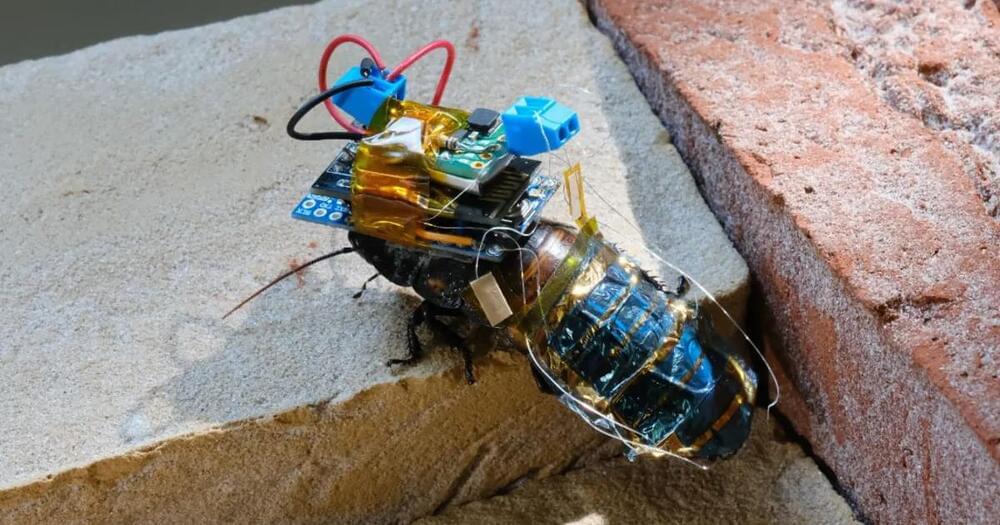A year back and bodily function improves, and it’s a shot rather than transfusion as needed from other plasma treatments.
Researchers have found that intramuscular injections of plasma concentrate made from human umbilical cord blood improve various health biomarkers and decrease biological age in elderly people [1].
Circulating proteins have a significant impact on our health, and blood plasma transfusion is increasingly used against inflammatory conditions as well as some autoimmune and genetic diseases [2]. Basically, plasma transfusion enables physicians to alter the concentration of interesting molecules in the blood.
In recent years, Michael and Irina Conboy, along with other researchers, have experimented with blood/plasma exchange in the context of longevity [3]. Their continuing research has shown that heterochronic parabiosis (blood exchange between old and young animals), as well as plasma transfusion and even dilution of old plasma [4], alleviate various aspects of aging and decrease biological age as measured by methylation clocks.








